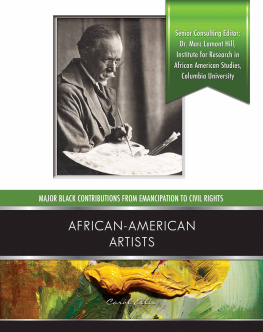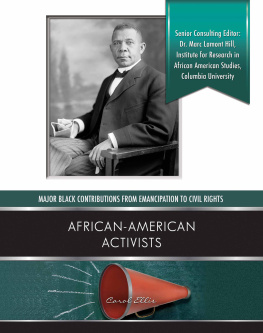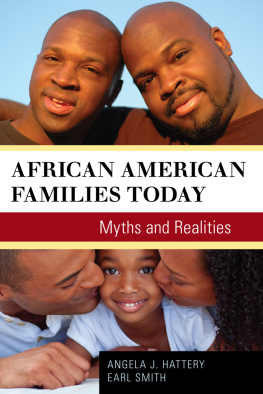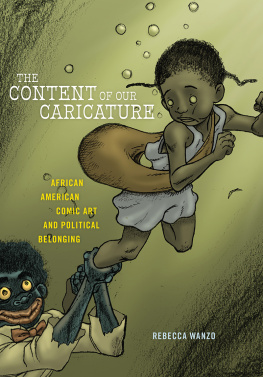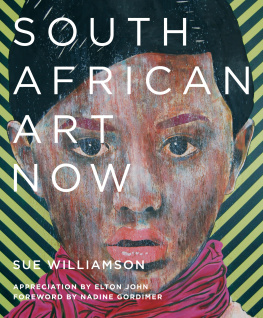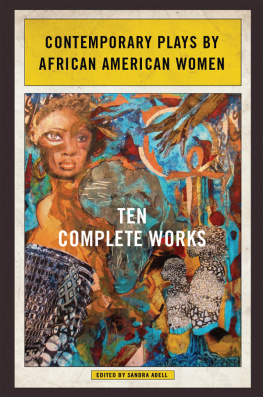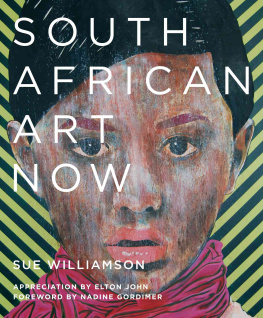
AFRICAN-AMERICAN
ARTISTS
CAROL ELLIS
TITLES IN THIS SERIES
AFRICAN-AMERICAN ACTIVISTS
AFRICAN-AMERICAN ARTISTS
AFRICAN-AMERICAN EDUCATORS
AFRICAN-AMERICAN MUSICIANS
AFRICAN-AMERICAN SCIENTISTS AND INVENTORS
AFRICAN-AMERICAN WRITERS AND JOURNALISTS
AFRICAN AMERICANS IN BUSINESS
AFRICAN AMERICANS IN LAW AND POLITICS
AFRICAN AMERICANS IN THE MILITARY
AFRICAN AMERICANS IN RADIO, FILM, AND TV ENTERTAINMENT
AFRICAN AMERICANS IN SPORTS
A HISTORY OF THE CIVIL RIGHTS MOVEMENT
 | Mason Crest
370 Reed Road, Suite 302
Broomall, PA 19008
www.MasonCrest.com |
Copyright 2013 by Mason Crest, an imprint of National Highlights, Inc.
All rights reserved. No part of this publication may be reproduced or transmitted in any form or by any means, electronic or mechanical, including photocopying, recording, taping, or any information storage and retrieval system, without permission from the publisher.
Printed and bound in the United States of America.
CPSIA Compliance Information: Batch #MBC2012-2. For further information, contact Mason Crest at 1-866-MCP-Book.
First printing
1 3 5 7 9 8 6 4 2
Library of Congress Cataloging-in-Publication Data
Ellis, Carol, 1945
African American artists / Carol Ellis.
pages cm (Major black contributions from emancipation to civil rights)
Includes bibliographical references and index.
ISBN 978-1-4222-2372-7 (hc)
ISBN 978-1-4222-2385-7 (pb)
1. African American artistsJuvenile literature. I. Title.
N6538.N5E43 2012
704.0396073dc23
2011051945
Publishers note: All quotations in this book are taken from original sources, and contain the spelling and grammatical inconsistencies of the original texts.
Picture credits: Associated Press: (bottom).
AFRICAN-AMERICAN ARTISTS

CAROL ELLIS

MASON CREST
PHILADELPHIA
TABLE OF CONTENTS
by Dr. Marc Lamont Hill,
Institute for Research in African American Studies at Columbia University.

Dr. Marc Lamont Hill
I t is impossible to tell the story of America without telling the story of Black Americans. From the struggle to end slavery, all the way to the election of the first Black president, the Black experience has been a window into Americas own movement toward becoming a more perfect union. Through the tragedies and triumphs of Blacks in America, we gain a more full understanding of our collective history and a richer appreciation of our collective journey. This book series, MAJOR BLACK CONTRIBUTIONS FROM EMANCIPATION TO CIVIL RIGHTS, spotlights that journey by showing the many ways that Black Americans have been a central part of our nations development.
In this series, we are reminded that Blacks were not merely objects of history, swept up in the winds of social and political inevitability. Rather, since the end of legal slavery, Black men and women have actively fought for their own rights and freedoms. It is through their courageous efforts (along with the efforts of allies of all races) that Blacks are able to enjoy ever increasing levels of inclusion in American democracy. Through this series, we learn the names and stories of some of the most important contributors to our democracy.
But this series goes far beyond the story of slavery to freedom. The books in this series also demonstrate the various contributions of Black Americans to the nations social, cultural, technological, and intellectual growth. While these books provide new and deeper insights into the lives and stories of familiar figures like Martin Luther King, Michael Jordan, and Oprah Winfrey, they also introduce readers to the contributions of countless heroes who have often been pushed to the margins of history. In reading this series, we are able to see that Blacks have been key contributors across every field of human endeavor.
Although this is a series about Black Americans, it is important and necessary reading for everyone. While readers of color will find enormous purpose and pride in uncovering the history of their ancestors, these books should also create similar sentiments among readers of all races and ethnicities. By understanding the rich and deep history of Blacks, a group often ignored or marginalized in history, we are reminded that everyone has a story. Everyone has a contribution. Everyone matters.
The insights of these books are necessary for creating deeper, richer, and more inclusive classrooms. More importantly, they remind us of the power and possibility of individuals of all races, places, and traditions. Such insights not only allow us to understand the past, but to create a more beautiful future.


View of the art gallery at the 1876 Centennial Exposition, held in Philadelphia. The Exposition helped to launch the careers of several talented African-American artists in the 19th century.
F ireworks lit the sky. Mayors made speeches. Parades took place in small towns and big cities. The year was 1876. The United States was celebrating 100 years of independence. To make things even better, the country hosted a worlds fair. It was called the Centennial Exposition. The fair took place in Philadelphia, Pennsylvania. Millions of people visited. They saw new inventions like the telephone and the calculator. They saw steam-powered drills and exotic plants. In one hall, they saw sculptures and paintings by artists from all over the world.
Painting number 54, Under the Oaks, won the highest prize for an oil painting. It was a pastoral scene. It showed a herd of sheep gathered under a cluster of large oak trees. The painter was Edward Mitchell Bannister. When he read that his painting had won, he had to make sure it was true. He rushed over to the hall. He told a friend what happened with the person in charge:
I want to inquire concerning No. 54. Is it a prize winner?
Whats that to you? said he.
In an instant my blood was up; the looks that passed between him and others in the room were unmistakable. I was not an artist to them, simply an inquisitive colored man. Controlling myself, I said I am interested in the report that Under the Oaks has received a prize. I painted the picture.
An explosion could not have made a more marked impression. Without hesitation he apologized to me, and soon everyone in the room was bowing and scraping to me.
Edward M. Bannister was the first African American to win a national prize for his art. He was born in Canada in 1828. He loved to draw and he was good at it. When he was a boy, he looked carefully at paintings that hung in the library. Then he copied them on barn doors, fences and every place where drawings could be made.
Next page
